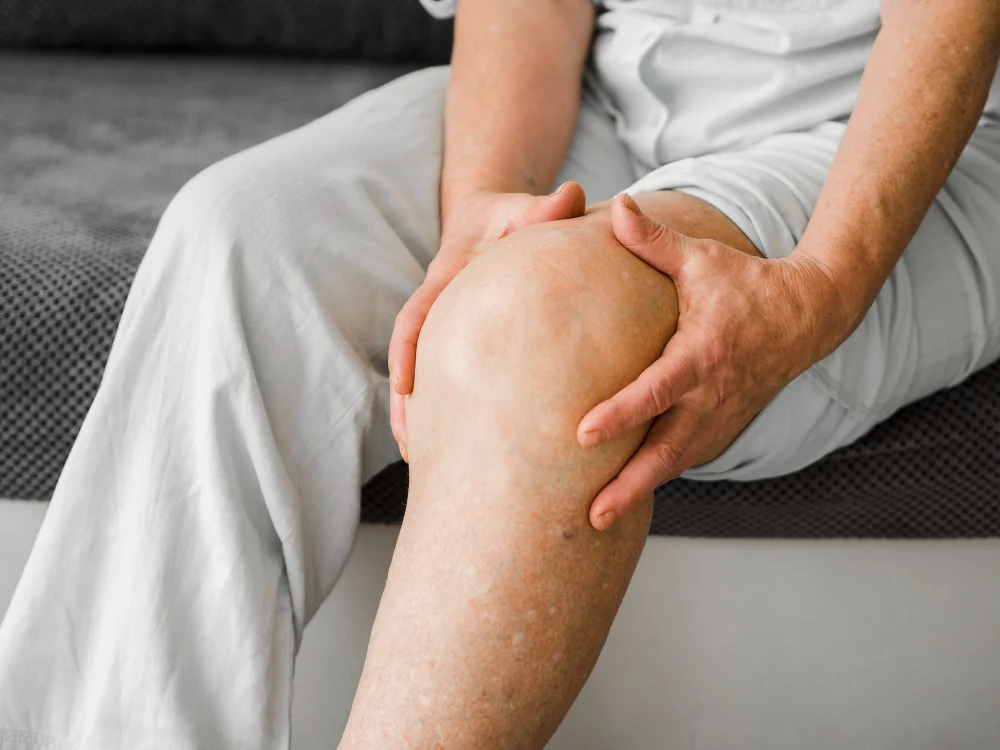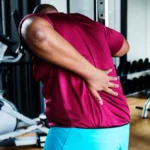“Can movement actually help when your joints feel like they’re on fire?”
That was the question I asked my physiotherapist two years ago when my mum was diagnosed with rheumatoid arthritis (RA). Her hands were stiff, her knees swollen, and her mornings began with an hour-long struggle to get out of bed. The idea of moving more seemed counterintuitive.
But here’s what surprised us: gentle, guided movement turned out to be one of the most effective parts of her treatment plan. It didn’t just alleviate her pain—it gave her back a sense of control.
In this article, I’ll share what I’ve learned through my mum’s journey, expert insights from registered physiotherapists, and current evidence from medical literature on how physical therapy can genuinely help those with RA live better, more mobile lives.
What Is Rheumatoid Arthritis?
Rheumatoid arthritis is an autoimmune condition where the immune system mistakenly attacks healthy joints. This leads to inflammation, pain, swelling, and often, progressive joint damage.
According to the NHS, RA affects more than 400,000 people in the UK, commonly striking between the ages of 30 and 50. Unlike osteoarthritis, which results from wear and tear, RA involves the immune system and can affect multiple organs.
Why Physical Therapy Is Essential in RA Management
RA doesn’t just cause pain—it threatens mobility and independence. While medication helps manage inflammation, it often isn’t enough. That’s where physical therapy steps in.
Dr. Emily Harrison, a chartered physiotherapist in London, explains: “Physical therapy for RA isn’t about pushing through pain. It’s about finding movements that support joint health, improve circulation, and maintain muscle strength without aggravating inflammation.”
When done correctly, physical therapy helps:
- Maintain joint range of motion
- Prevent stiffness and deformity
- Strengthen supporting muscles
- Reduce fatigue
- Improve balance and coordination
Types of Physical Therapy for RA
1. Range of Motion Exercises
These gentle movements help keep joints flexible. Think shoulder rolls, wrist bends, and knee lifts.
Personal tip: My mum started with finger stretches in warm water. The warmth relaxed her joints, making the stretches easier.
2. Strength Training
Using resistance bands or light weights can help strengthen muscles around affected joints, offering better support and reducing strain.
Clinical Insight: A study published in Arthritis Care & Research (2020) found that low-intensity strength training significantly reduced pain and improved functional outcomes in RA patients over 12 weeks.
3. Aerobic Conditioning
Low-impact aerobic exercises like walking, swimming, or cycling boost endurance and heart health.
Dr. Harrison notes: “Hydrotherapy is especially beneficial. The water supports body weight, reducing pressure on joints while allowing a fuller range of motion.”
4. Manual Therapy
Hands-on techniques like joint mobilisation or soft tissue massage can improve circulation and reduce stiffness.
5. Education and Self-Management Strategies
Physiotherapists also educate patients on posture, energy conservation, and joint protection techniques. These are invaluable for daily life.
Tailoring the Approach: No One-Size-Fits-All
Every person with RA presents differently. Some may struggle with hand function, others with hips or knees. A good physiotherapist builds a personalised plan based on:
- Disease severity and stage
- Joint involvement
- Co-existing conditions
- Patient goals
Example: My mum’s therapist noticed she walked with a slight limp due to ankle inflammation. She was given targeted ankle mobility drills and fitted for orthotic inserts.
Real-World Benefits of Physical Therapy in RA
Patients often report:
- Shorter morning stiffness duration
- Easier movement throughout the day
- Greater confidence in handling daily activities
- Improved mental wellbeing due to increased independence
Case Example: A 52-year-old office worker in Birmingham with RA in both hands began occupational therapy-focused PT. After 8 weeks, she could type more comfortably, cook dinner unaided, and even return to weekend gardening.
Addressing Common Fears and Misconceptions
“Won’t exercise make my joints worse?”
This fear is understandable but mostly unfounded. Inactive joints become stiffer and more painful. Movement, when tailored and gradual, actually helps prevent damage.
“I’m too old to start physiotherapy.”
Age doesn’t disqualify you. In fact, older adults often benefit the most, as PT preserves independence.
Actionable Tips to Get Started
- Get a Referral: Ask your GP or rheumatologist for a physiotherapy referral.
- Find a Specialist: Look for therapists experienced in rheumatic conditions.
- Set Clear Goals: These might include climbing stairs with ease, getting dressed independently, or playing with grandchildren.
- Be Consistent: Improvements come with regularity, not intensity.
- Keep a Pain Journal: Note what helps or hinders so your therapist can fine-tune your plan.
FAQ Section
Q: Can physical therapy cure rheumatoid arthritis?
A: No, RA has no cure, but physical therapy helps manage symptoms, improve mobility, and slow joint deterioration.
Q: Is it safe to exercise during a flare-up?
A: Gentle movements and stretches are generally safe. Avoid high-impact or strength exercises during active inflammation.
Q: How often should RA patients see a physiotherapist?
A: It varies. Some benefit from weekly sessions, while others may need monthly check-ins after an initial intensive phase.
Q: What is the best exercise for RA?
A: There’s no single “best” exercise. Walking, swimming, tai chi, and resistance training are commonly recommended.
Final Thoughts
Physical therapy isn’t a magic fix, but it is a powerful ally. I’ve seen it restore dignity and daily function to someone I love. When movement becomes medicine, even the stiffest joints can start to sing again.
If you or a loved one is navigating rheumatoid arthritis, consider making physical therapy part of your journey. The difference is often life-changing.
Have you or someone you know tried physical therapy for RA? Share your experience below or let us know what questions you still have.




